Clothing
Outdoor clothing is probably the most opinionated and hardest to describe topic out there, as it not only depends on function and features, but also, inevitably, on style. I won't be delving into why you should leave your bottegas, diors and choos at home while going outdoors (unless you count a light stroll through a marina cramped with yachts as outdoors), but if you don't want your wallet to get a premature heart attack and meet the true devil-wears-prada, remember a simple rule: things get ruined in the outdoors.
Therefore I believe in a balanced approach when choosing outdoor clothing, which can also get as expensive as haute couture, but it doesn't mean that it will actually be much better in any objective way. Striving for a smart better here, not a show-off better.
In this article you'll get dressed up layer by layer from the bare bottom to expedition parka, like a proper lasagna, so don't be shy, get comfortable, and read on!
Underwear
Think of your underwear as your first line of defence against sweat, irritation and other discomforts. Thus apart from being comfortable for you in a general sense, it should be made from a light and highly breathable material, such as silk, light merino wool, or high quality synthetics. Cotton should be avoided at all costs, as it simply does not evaporate properly. Bamboo is better as an affordable natural alternative to cotton.
Good underwear costs more, but it is truly worth the investment. Also, even on a long outing you can get by with barely a few pairs, as you can wear/wash/dry rotate between them.
Not convinced yet? Imagine walking in a light summer breeze. And then drowning in a hot swamp. That's the difference.
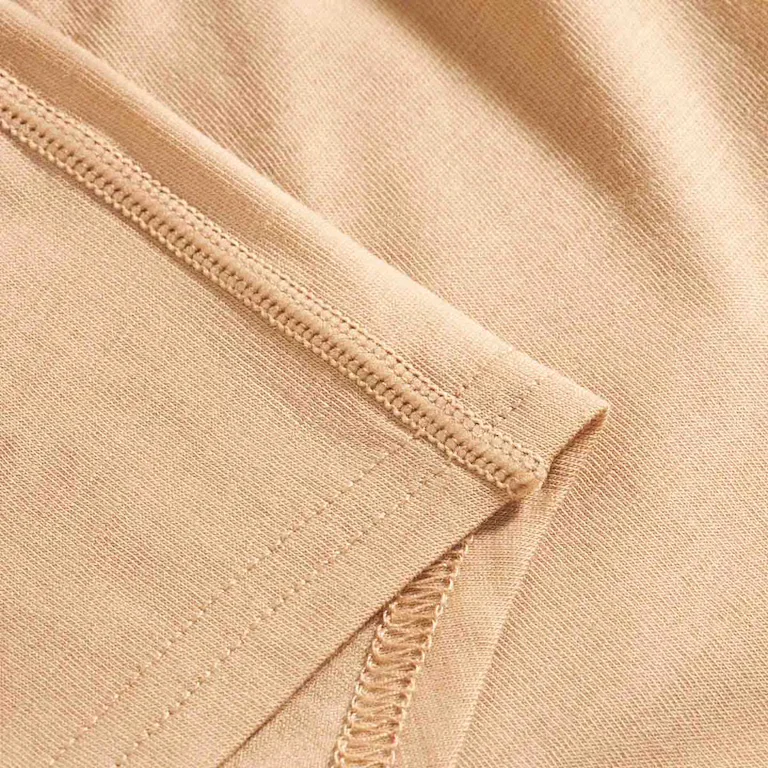
Socks
Now these are hands down the most important piece of clothing, as they can ruin your feet and even your boots, make you lose your nails or even toes. There are so many types of socks, yet the most important things to consider are:
Material: stick to merino wool blends and you'll be 90% happy.
Height of the sock depends on the height of the boot, but unless you're using trail runners with no show socks, crew or boot heights will cover most of the needs.
Weight refers to the fineness / thickness of the yarn used in the knit, and the choice between lightweight, midweight and heavyweight depends on the temperature of your outing.
Cushion of the socks should be balanced with the weight for maximising comfort and support in specific climate conditions. Full cushion can be an overkill for anything milder than serious winter expeditions and mountaineering. Partial cushion is the perfect balance with more material in just the right places.
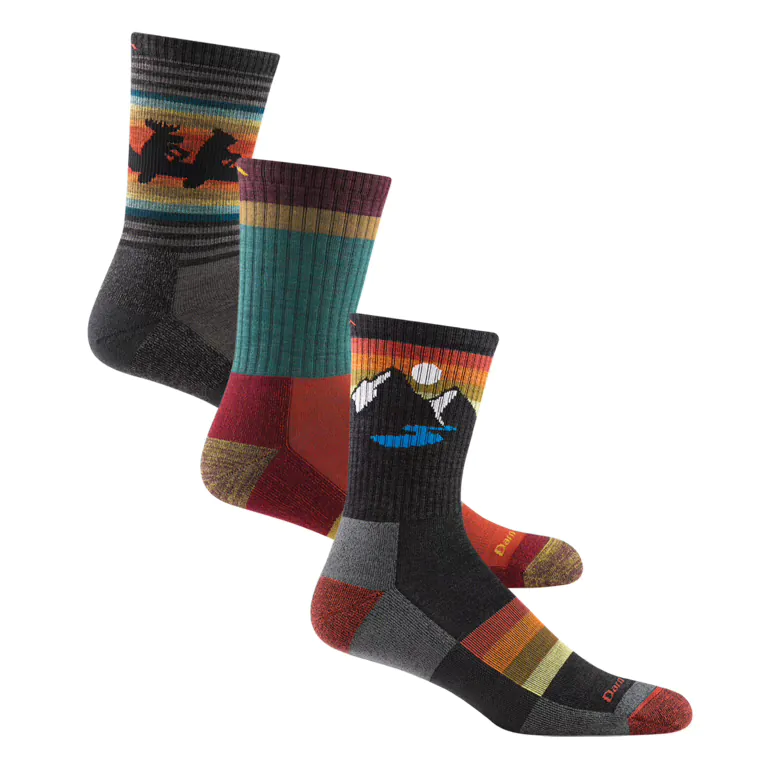
Base layer
Base layer pants and tops are your first and most important layer of thermal regulation when in colder climates. This layer must retain body temperature while breathing and efficiently evaporating all the moisture, and not letting the body overheat. Quite a mission for a thin piece of fabric, isn't it?
This is exactly why, if needed at all, this layer should be made from high quality merino wool. The range in thickness will allow you to choose a suitable base layer for specific conditions and your body heat type. Some people just run cold or hot. Know thyself, choose proper merino base layer and stay comfortable.
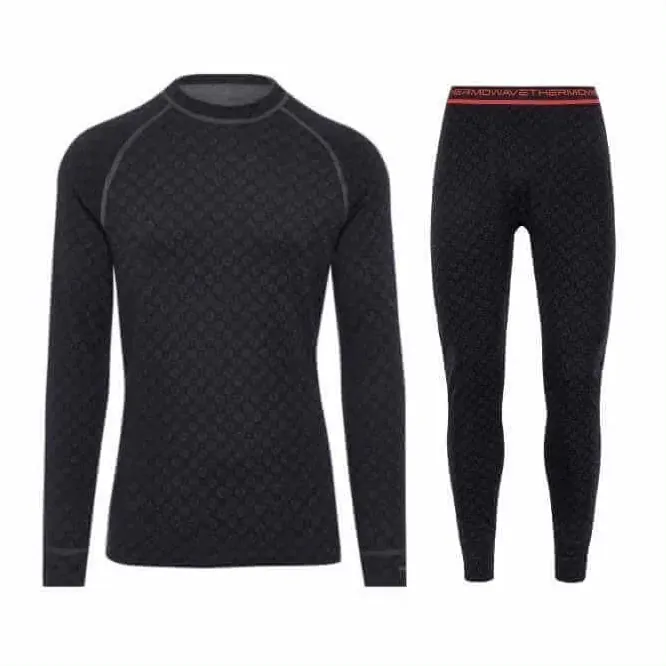
Pants
While everything above had a recommendation to choose the best quality you can, as all of those items are so close to your body, with the pants it's much simpler: choose whatever is comfortable for you and durable enough for the adventure ahead.
The only rule of thumb here is not to overkill with thickness. I tend to choose pants with lighter and more breathable fabrics, but often carry separate waterproof overpants for long downpours, or regulate the warmth with merino base layer pants underneath.
If style is important, this is the most visible and memorable item of your outdoor clothing (as everything else will get changed much more than pants), so you can let your inner fashionista out of the closet to choose those insta-pants for you. Just don't forget that pants get most abuse on trail.
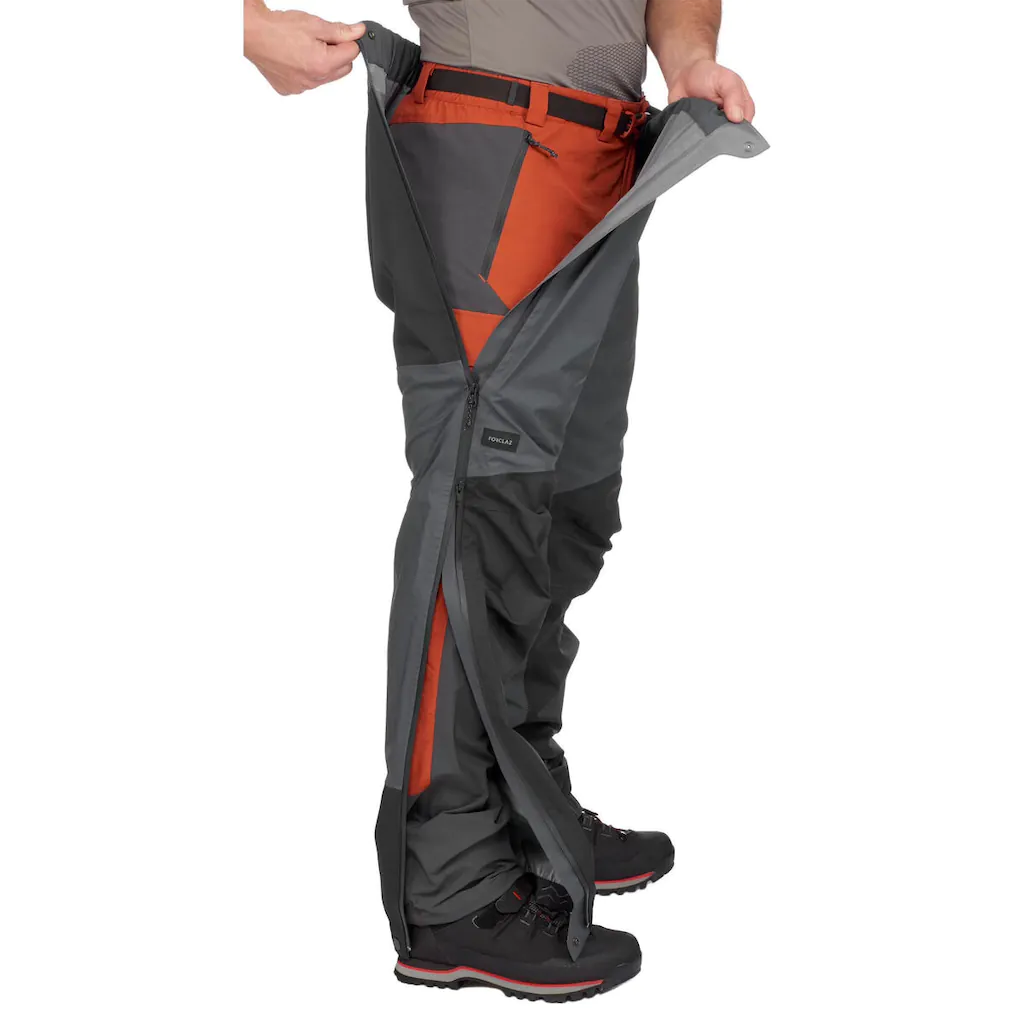
T-shirts
T-Shirt category is simple. Choose light merino wool for maximum comfort, or just go synthetic without overthinking. Breathability and quick-drying are the most important factors. No cotton!
Pro tip: balance between short and long sleeves. For most occasions I prefer short sleeves, yet tend to carry one or two long sleeves while in the mountains. These work as extra protection from the sun and provide added comfort when it's generally warm, yet breezy.
You can also opt for sun shirts (thin long sleeves with a hood), which are really comfortable and high end, but also priciest.
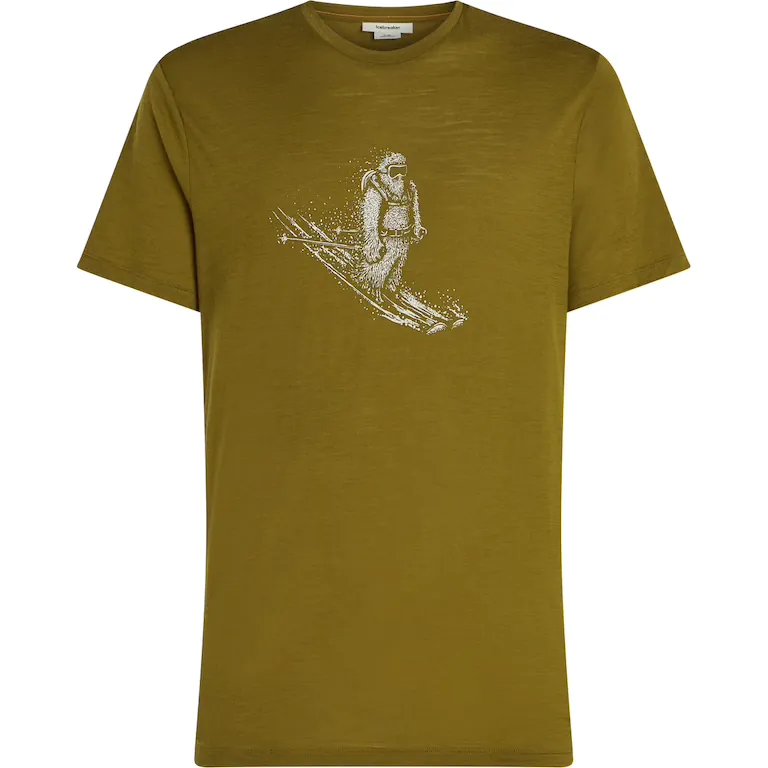
Fleece
This is another area where the price range can go from a few to few hundred, yet not necessarily worth the difference. For most common needs I'd recommend choosing the most basic mid-weight fleece jumper, pullover or jacket. Just make sure they are at least somewhat breathable.
Investing into more sophisticated fleeces start to make sense if you're going on ultralight, more serious mountaineering, or cold-climate adventures. Here comes the technical fleece - a better fitted, significantly lighter and compact, yet very warm and much more breathable garment, often with a hood and other features. And a price to match. If you are serious about outdoors - this is a perfect item for your gift wishlist, as a good fleece truly provides that cozy and joyful feeling while outdoors. Feeling like at home.
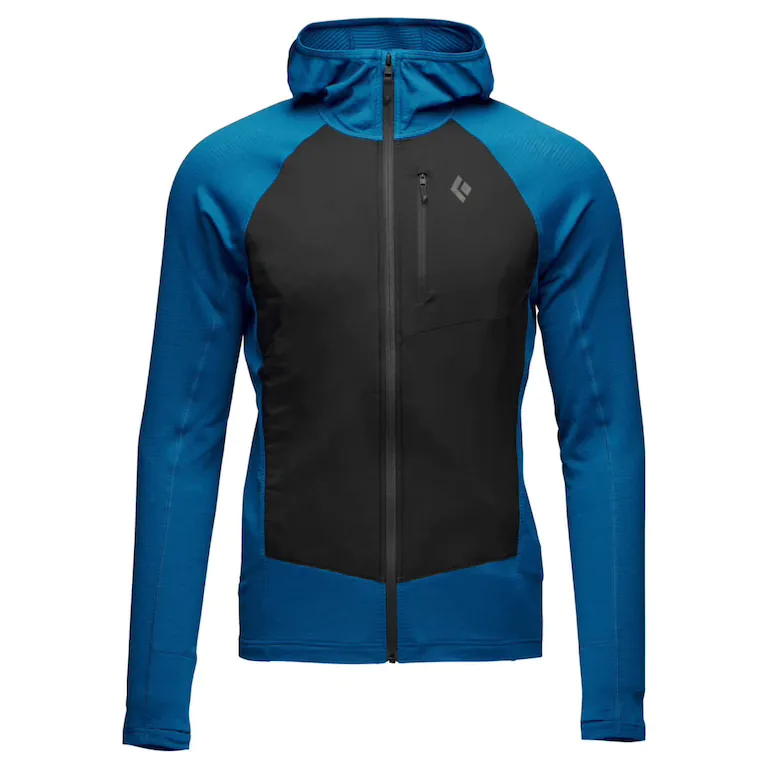
Rain Jackets
Your rain jacket is something you should not leave your home without. All jokes aside, it actually is your lifeline, protecting you from getting wet and potential hypothermia at the least. And while the main function of it is to maximise protection against the elements, it also has to breathe well. Imagine yourself hiking in a hot yet humid environment with strong rain and jacket with poor breathability - you'd be swampy and miserable.
Rain jackets come in 3 types:
- Rain ponchos are cheap, light and ok for emergency use or short adventures, as they're made from vinyl, and lack breathability and durability.
- Waterproof jackets are made from breathable Gore-Tex or similar fabrics, and have sealed seams to protect the stitching. This is the most functional and universally applicable type.
- Hardshell jackets are extremely durable and waterproof, designed to protect you from driving rain, snow, and wind. They're built to withstand harsh conditions and are the go-to choice for serious mountaineering and extreme weather.
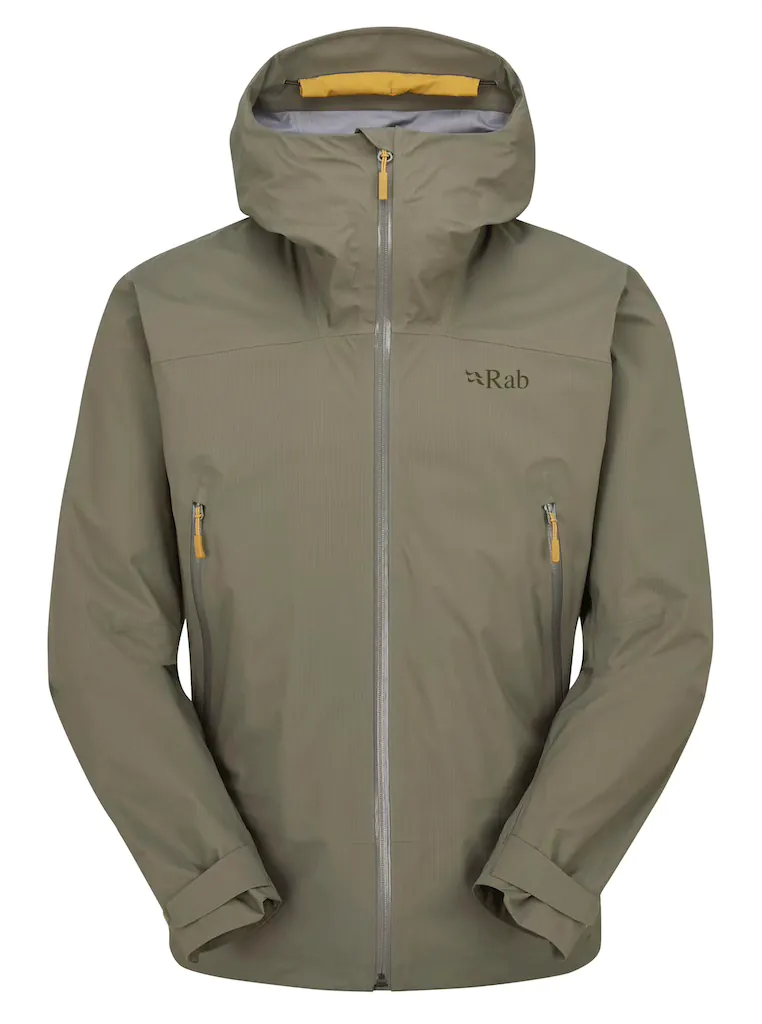
Jackets for warmth
The main mission of jackets in this category is to keep your body temperature regulated. And even though protection from rain is not their core function, a lot of modern jackets are made from fabrics with good water resistance without sacrificing breathability.
- Windbreakers are lightweight jackets designed to protect you from wind and light rain. They're a good choice for exploring windy environments without carrying the bulkier waterproof jacket.
- Softshell jackets are versatile, comfortable, and great for a wide range of conditions. They come with stretchy, breathable material, and while not fully waterproof, they'll keep you dry in light rain and shield you from the wind and moderate cold.
- Down (Puffer) jacket is what keeps you warm and insulated. You can wear puffy coats underneath the hardshell or waterproof jacket if it’s wet outside, stack with other jackets for extra warmth, or use them alone.
- Insulated jackets are the broadest category, including the skiing, 3-in-one, interchangeable and other types. They come in synthetic or down insulation and usually are quite waterproof and breathable without breaking a bank. Best for moderately cold conditions.
- Parka combines the weather-resistance of a hardshell and the insulation of a puffer. Parkas are longer than other winter jackets and often include a furry hood, both of which provide extra protection from the cold. A shorter-length parka is called an anorak, and is as warm, but with just a bit more mobility.
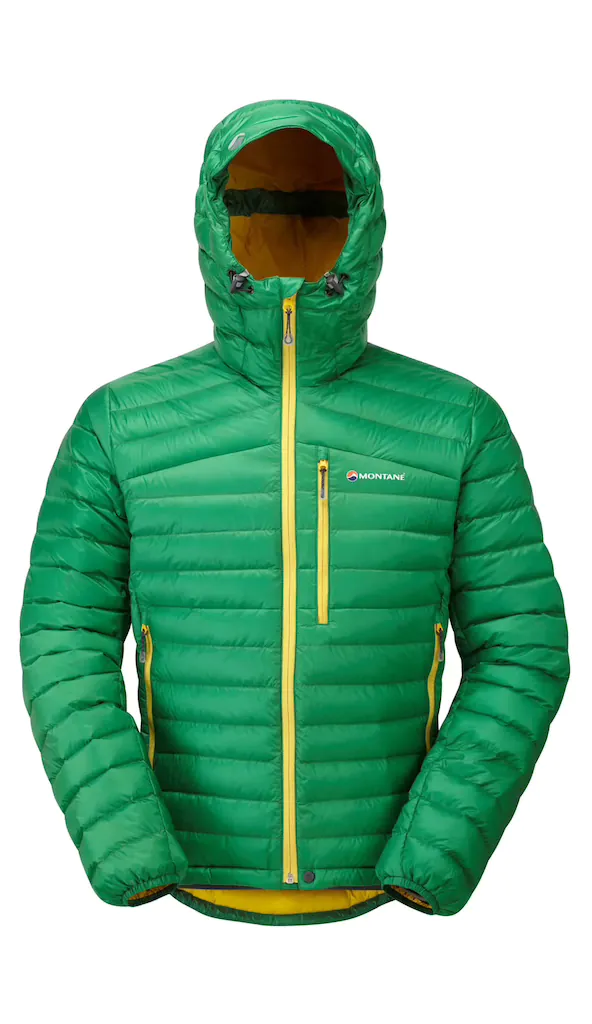
Accessories
Clothing accessories for outdoors should be strictly functional, except for eyewear - this is the one item where you can truly show off, if after reading all of this you still have a need for that.
- Gloves for outdoors come in various forms and functions. You will need a thin pair for general purposes and for layering in the warm ones. A special pair for mountains. A warm pair for cold climates. And down mittens for fun in the extreme.
- Neck gaiter (Buff) is an extremely universal piece of clothing, which can be worn in a dozen different ways. Choose thin merino for maximum comfort and quality.
- Headwear. From beanies to balaclavas, choose for required function and select merino wool where possible. I prefer very thin merino beanies, or a proper furry hood on a parka.
- Eyewear. Category 3 UV protection is a must for any eyewear outdoors, while Cat. 4 with side protection is recommended for mountaineering and glacier travel. Polarised glasses are very useful in unstable conditions and decrease the need for carrying multiple pairs of glasses for different applications.
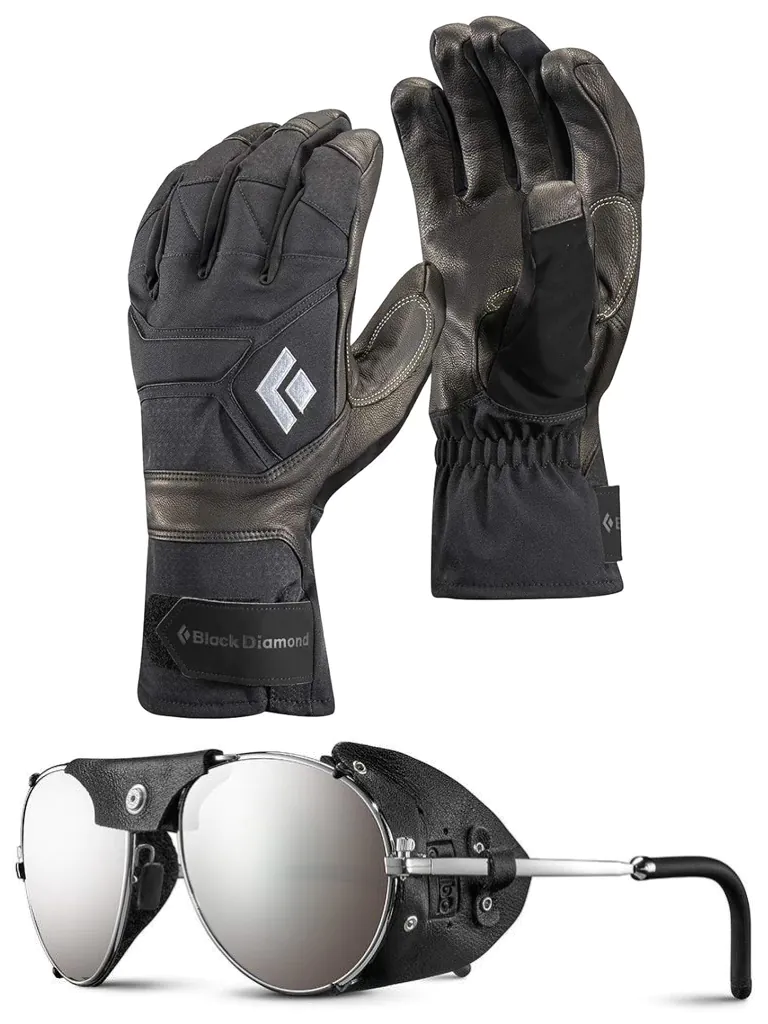
General Tips for Choosing the Right clothing
Say no to cotton: it just doesn't function well in the outdoors. Choose merino wool or synthetic materials.
Insulation: choose the weight and fill power of the down insulation (also applicable to synthetics) based on the warmth requirements. The higher the fill power - the lighter the jacket will be for the same warmth.
Item weight: although it's not necessary to count every gram in every single application, but choosing lighter options without compromising on function makes sense in most cases.
Item count: bulkier items come in singles, but the number of body wear items (underwear, socks, bottom layers) depends on whether you'll be washing and wearing them in a cycle (bring 3 of each then), or have a set for the whole duration (bring an amount equal to the number of days +1).
Breathability / evaporation is the most important factor when choosing outdoor clothes.